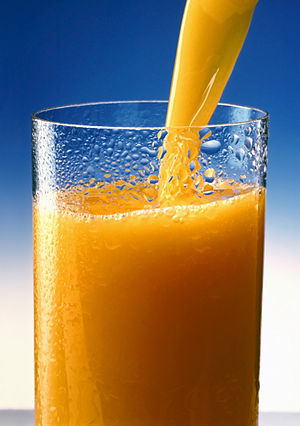Green leafy vegetables return in the fall for our eating pleasure. After a summer of eggplant, summer squash and tomatoes, it’s a pleasure to have something green and leafy in my diet. And for me, one of my favorites is Kale.
Most greens bolt in the heat of summer, so they are a welcome addition to our fall diets. Kale also grows well into winter so its one of the few green vegetables that are available when the weather is cold. Kale sweetens up after being exposed to a frost and actually freezes quite well. It has been used in many culinary cultures from the Irish Colcannan to the Portuguese Caldo Verde.
Kale is a member of the cabbage family and as such is a powerhouse of nutrients. Its high in beta carotene, Vitamin C and calcium. It also contains sulforaphae, which is anti-cancer properties. Kale is also very high in Vitamin K, and should not be eaten while on blood thinners such as heparin or coumadin. It’s also contains about 36 calories per cup, and has 5 grams of fiber. Kale is high in omega-3 (100 calories of kale provides 25-35% of the National Academy of Science’s recommendation for ALA (alpha-linolenic acid), which is the most basic omega-3 fatty acid. Kale also contains a measurable amount of oxalates, which can be a problem for people with kidney or gallbladder problems.
Kale is a food that should be bought from your local farmer or in organic form since it is one of the 12 foods in which pesticide residue has been found most frequently.
If you are lucky enough to have year round farmers markets, you might see the following types of Kale Continue Reading »
Tags: Food, Kale, Seasonal Eating








